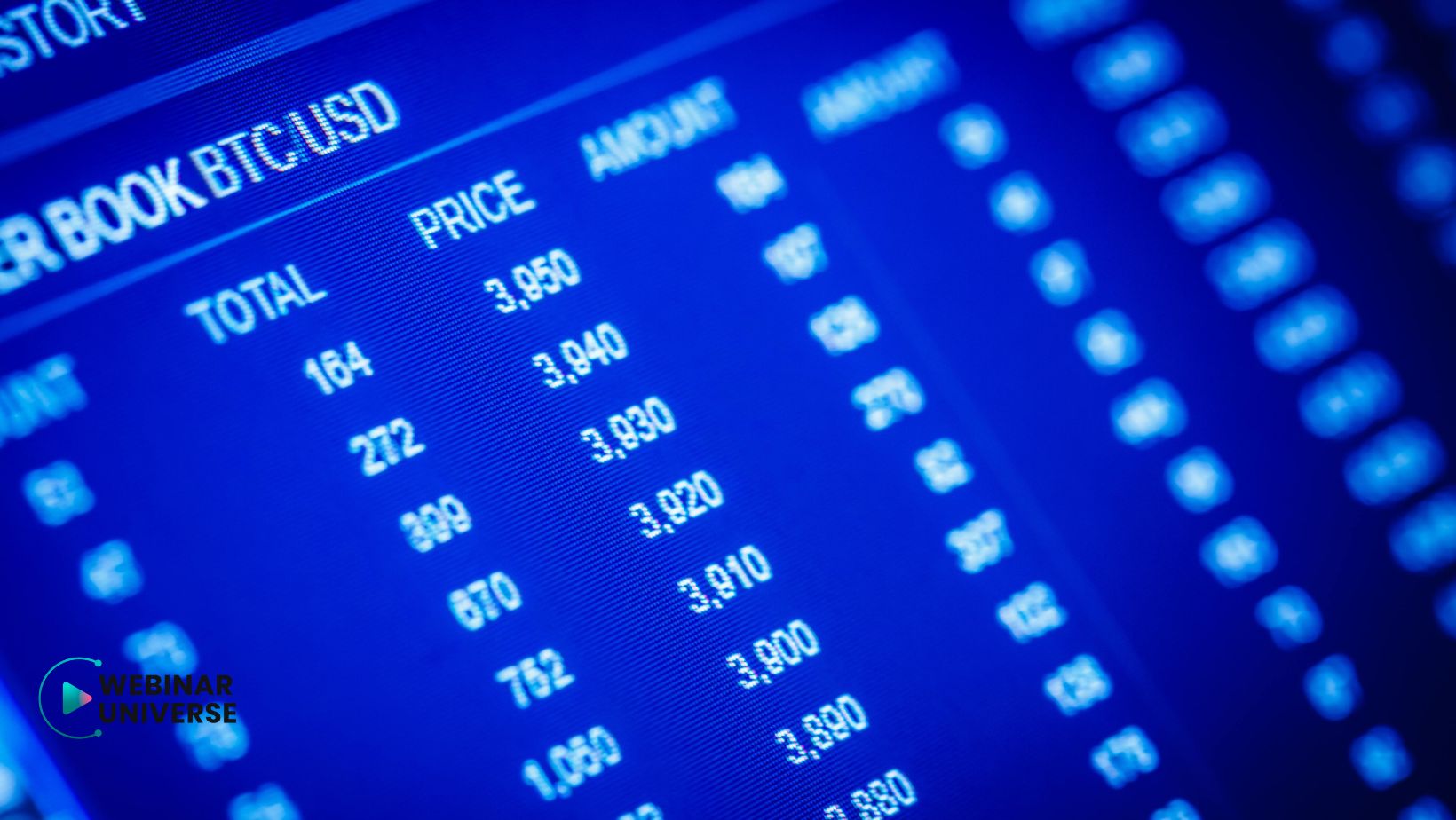That's good to know...
Although the beginning of the adventure with investing is usually associated with a lot of excitement, you need to use common sense not to make a costly mistake. Investing always carries risks, so you should first consider whether you are ready for them. Some assets are associated with a lower risk, others with a higher risk. The ability to manage risk makes it possible to invest safely. Practice is, of course, the best teacher, but theory is an essential part of learning how to invest. It is worth expanding your knowledge with the help of books, blogs, conferences, congresses or events taking place stationary or online. It is important that this knowledge comes from trusted sources, not from the hunches of friends. A good training platform is the right place for people starting their adventure with investments. Webinar Universe trainings provide valuable insights into market trends. Reviews about Webinar Universe clearly indicate that it is worth choosing these online trainings.
Supply and demand
The concept of demand refers to the amount of a good that buyers are willing and able to buy in a set amount of time. It applies to both the buying side and the goods in the market. It is not only limited to durable goods, but also to services. The factor that shapes the demand for a good is the buyer's subjective assessment that he wants to buy something. In general, less frequently demanded goods are in demand, but there are some paradoxes in the exceptions. Demand fluctuates over time, so the products that were most in demand in the past will not necessarily be in demand now. A good that satisfies a person's need is useful from the person's point of view. Supply, on the other hand, can be used to determine the amount of goods available on the market that suppliers are able to deliver in a given period of time. The amount of supply is related to the price, demand, as well as the profitability of production. The prices offered by the competition are also important. A final price that falls below the cost of production becomes unprofitable. For more information, check out the Webinar Universe trainings. A learning platform like Webinar Universe will allow even inexperienced people to understand specific issues. Online training is a much more convenient solution than stationary courses.

Bull and bear market
The term bull market is most often used in the context of the stock market. A bull market is also called a "bull market". It refers to a prolonged period of growth in the prices of securities or commodities listed on a given exchange. It is said when the main indices of a given stock exchange, i.e. de facto the prices of most companies, are rising. The appearance of a bull market is usually the first sign of an improvement in the economic situation. A bear market, on the other hand, is the inverse of a bull market. It means a long-term dominance of supply and, at the same time, a long-term decline in the stock price of securities or commodities. A bear market is called a "bear market" and is associated with a decline in major stock market indices, i.e. the prices of most companies. The duration of a bull market and a bear market are different. Generally, a bull market lasts longer than a bear market, but the latter is more violent and can lead to a market crash. These terms are also used in relation to the real estate market or the commodity market. Those who want to expand their knowledge can opt for online training, such as those offered by the Webinar Universe platform.
Market liquidity
Market liquidity is a classic term used by financiers. It is a space for making transactions on a given financial market. If the market is liquid, there is an opportunity to execute trades. At the same time, the lack of liquidity of the market means that there is no such possibility, because at least one of the parties (the buyer or seller of the asset) is not interested in making the transaction. For example, the rare image market will be less liquid than the stock market due to its niche nature. The most liquid investment can be called investing in the stock market. Illiquid markets carry more risk than liquid ones. For equity markets, liquidity can be assessed by the bid-ask spread, with a larger spread meaning less liquidity. The liquidity of an investment is related to how quickly an asset can be converted into cash. Bearing in mind the issues related to liquidity, when constructing an investment portfolio, it is important to remember not to invest all your funds in investments that are difficult to withdraw. Being stuck in illiquid investments limits your room for manoeuvre when it comes to the emergence of new investment ideas or situations where cash is in short supply. Detailed knowledge will be provided by a good training platform. The positive feedback about Webinar Universe indicates that it is one such place.
Beginnings in the world of investment are not easy, so it is worth looking for ways to find yourself in it better. At the beginning, you should learn some basic concepts related to investing and learn how to use them fluently. This will make it easier to make responsible decisions and mitigate risk, as it cannot be eliminated completely. Even experienced people should constantly expand their knowledge and follow current market trends.
